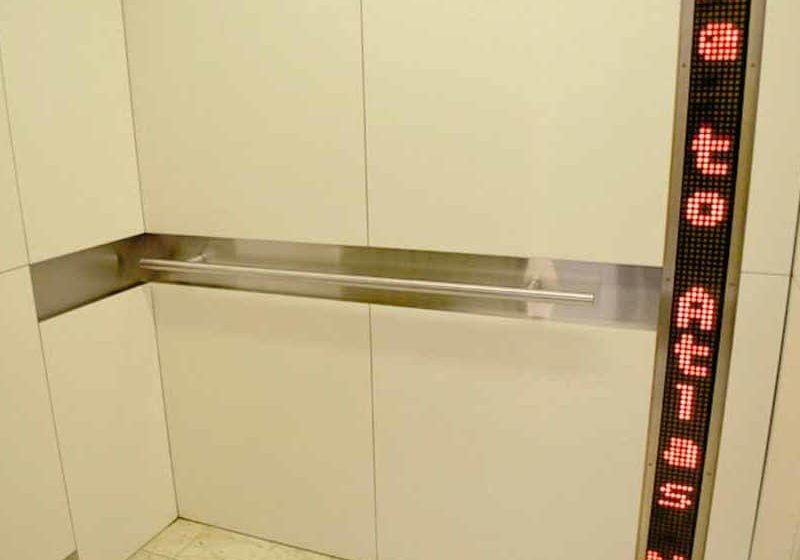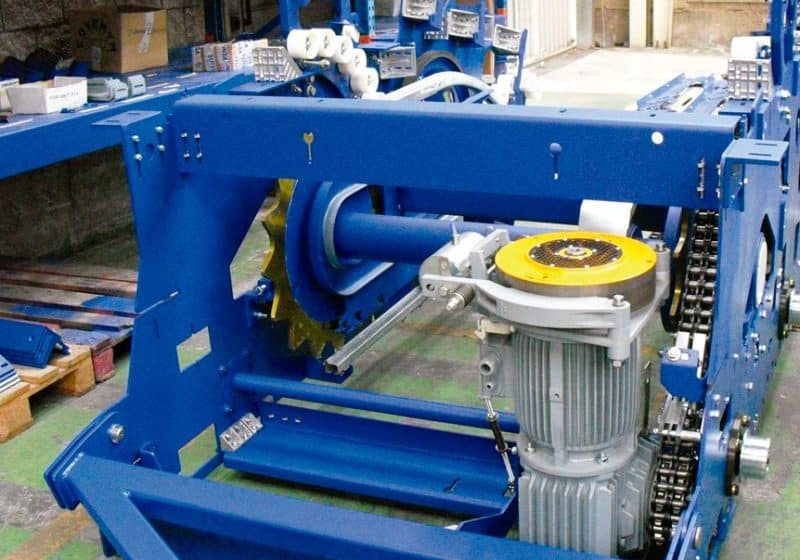This month’s issue of ELEVATOR WORLD includes the winners of the 2014 Project of the Year contest. As in years past, we again had a good response to the event, with 21 significant entries from 12 different nations in six categories. This response is reflective of the improving economic trend we have been seeing in our industry during the last year.
In addition to publishing this year’s Project of the Year winners in this month’s issue, we have also included a number of excellent articles in print and online relative to this month’s Focus on Traffic Analysis. This is an extremely important aspect of a project’s design, for, without these initial studies essential to determine the required vertical-transportation scheme, the rest of the project cannot move forward.
In the article “Deriving Elevator RTT under Incoming Traffic Conditions and a Single Entrance,” Lutfi Al-Sharif, Hasan Algzawi and Ahmad Hammoudeh describe how the Markov Chain Monte Carlo method is utilized as an alternative to calculating a proposed elevator system based on conventional round-trip time calculations. Presented in this article are the steps to take using this analytical traffic-analysis method, along with an example of how it would be applied.
In his article “Performance Analysis,” Pieter J. de Groot discusses and compares elevator groups comprised of small cars with those made up of fewer large cars. Using this unconventional approach to elevator-system design (now possible with the destination-control systems (DCS) available from all major elevator manufacturers) and presenting comparative system calculations, de Groot explains why this is a worthwhile traffic-analysis approach to consider. He also graciously asks EW readers for comments and questions on his proposal, which we very much encourage, as well.
In “Daily Traffic Profiles” by Dr. Marja-Liisa Siikonen et al of KONE Corporation, the authors compare recently measured elevator traffic profiles to the more conventional profiles that were first published in the early editions of George Strakosch’s Vertical Transportation Handbook. It is very interesting to see how this study was conducted and how little this information, which is vital to those elevatoring these types of buildings, has changed in nearly four decades.
Theresa Christy of Otis Elevator Company has provided a good article that is published as this month’s Web Exclusive, which clarifies the commonly used terms for some of the most crucial elevatoring concepts in an effort to unify the performance of elevator traffic studies throughout the industry.
In the article “Difficulties in Comparing the Results of Lift-Traffic-Simulations,” Hans M. Jappsen and Olaf Rieke discuss a common dilemma many consultants and their clients face when developing an elevator scheme for a project, then having its adequacy confirmed by prospective elevator providers, especially with respect to DCS systems. The authors’ proposal for the industry to move toward the use of a common method to perform these very important studies so the results can be replicated and substantiated (not only among competing elevator suppliers, but also among potential and/or existing building tenants and their consultants) is a very practical suggestion. The authors call for the elevator industry to work toward developing, using and promoting tools that will create understandable (and, even more importantly, believable) universal simulation validation criteria. Suggestions are also offered as to how this might be accomplished.
In another fine article, Dr. Rory S. Smith and Stefan Gerstenmeyer introduce the concept of evaluating pain versus gain when considering and contrasting how long passengers should wait for an elevator against how long it will take them to get to their destinations. As much as this subject has been discussed, both in our industry and EW, this article evaluates the important criteria of waiting and travel times from a completely different, yet practical, standpoint. As a tipoff on what to expect, I will suggest you consider how patient we are when waiting for ketchup to pour out of a bottle and onto a hamburger, compared to how quickly we expect to see cream lighten a cup of coffee. If that doesn’t encourage you to immediately turn the pages of this issue right to this article, I don’t know what will! Many of these articles provide a new way of looking at things, and while we are speaking of new looks, we would also like you to let us know what you think of EW’s new look. We’ve tried to freshen things up a bit, and we hope you like what we have done. As always, we look forward to hearing from you on the material we have presented this month or on any other subjects you would like us to consider or discuss.
Get more of Elevator World. Sign up for our free e-newsletter.








